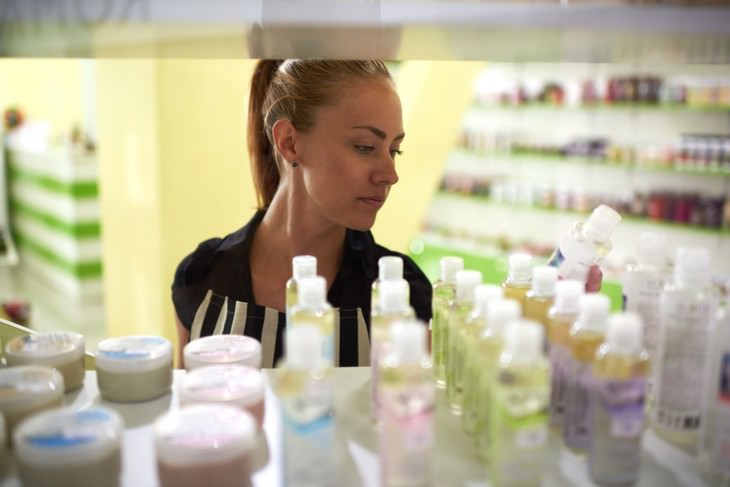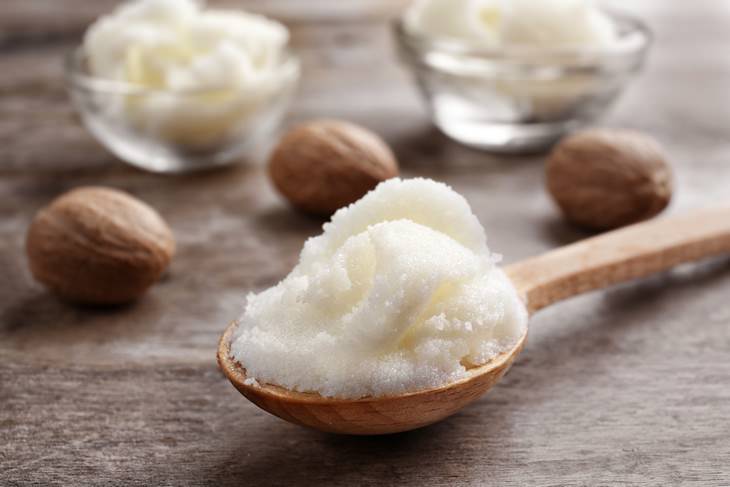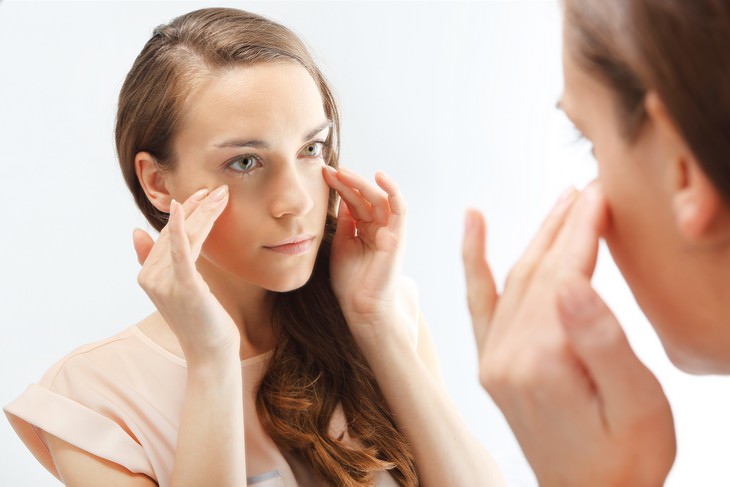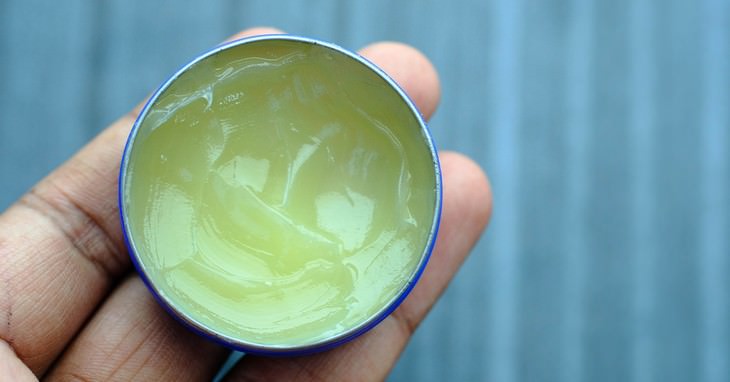It’s a common mistake to dismiss moisturizer if you have normal, oily, or combination skin. The truth is moisturizers can be beneficial both for any skin type. As we age, we lose oil-producing glands in the skin, which leaves the skin dried out and more prone to damage. Moisturizers and skin lotions reverse that process by locking water in the topmost layer of the skin and replenishing the skin’s protective barrier. For people with dry skin, keeping the skin hydrated that way will help you get rid of cracks and flakes. For those with oily skin, avoiding moisturizers can cause the skin to try and overcompensate for the missing moisture by producing even more oil, leading to acne flareups and shiny skin.
Picking the right moisturizer for you can be challenging. If you have found yourself standing in the skincare aisle confused, these are the main ingredients you should look out for in your moisturizer.
The three types of ingredients
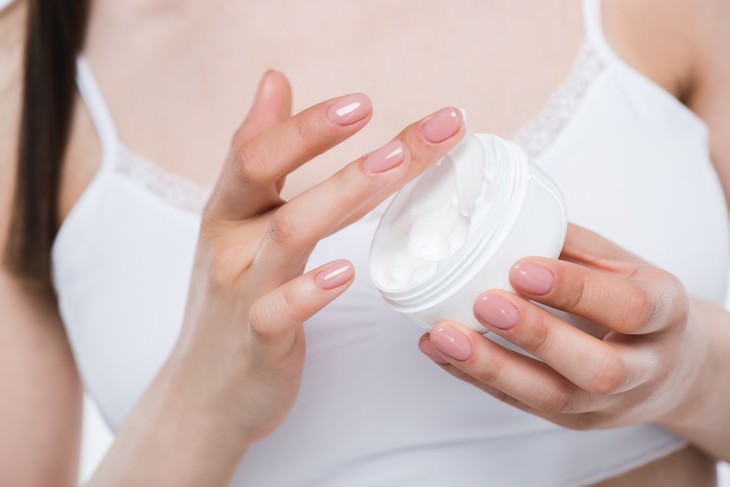
The ingredients that make up a moisturizer can be divided into three groups:
Humectants - the simplest way to explain humectants is to think of them as water magnets. They pull moisture from the air and from the deeper layers of the skin into the uppermost skin layer called the epidermis. Common humectants include glycerin, hyaluronic acid, and propylene glycol.
Emollients - when the top layer of your skin doesn’t contain enough water, the skin crack and flakes off which leaves open spaces between cells. Emollients are components of fatty substances, also called lipids, which fill the fill those gaps, making your skin softer and smoother. Examples for emollients include shea butter and oils.
Occlusives - the final group of ingredients are the occlusives, a type of moisturizing agents that work by forming a protective coating on the surface of your skin. The barrier formed between your skin and the air offers two primary benefits: keeping water sealed inside your skin and keeping irritants, allergens, and other harmful particles from being able to enter your skin.
Many facial moisturizers contain a reduced amount of occlusive ingredients as they might clog pores. On the other hand, lotions that are meant for thick skin areas like the elbows or feet, tend to be rich in occlusives.
Related: Guide to Cracked Skin: Causes, Treatments, and Helpful Tips
The most important ingredient to look out for in a moisturizer:
1. Glycerin
Glycerin belongs in the humectant category, and it is actually the third most common ingredient in moisturizers, right behind water and fragrance. It keeps the skin hydrated by drawing moisture from the air and deeper layers of the skin. According to a review published in 2016 in the Indian Journal of Dermatology, glycerin was found to be the most effective humectant.
However, in dry environments, there is not enough moisture in the air to draw into the skin, so humectants like glycerin rely more heavily on the moisture found in the lower skin levels, resulting in more dryness. For this reason, it's important that glycerin in moisturizers is combined with emollients like shea butter.
2. Shea Butter
Shea butter is a natural emollient that’s extracted from the nuts of the shea tree. Shea trees are native to West Africa, and most shea butter still comes from that region.
When incorporated in moisturizers, shea butter works as an emollient, as it fills out the cracks in your skin, and keeps the moisture contained. Not only does it hide imperfections and gives the skin a youthful look, it actively helps the damaged skin to heal. It’s important to note that if you suffer from acne you may want to avoid using products with shea butter, as it can clog the pores.
3. Hyaluronic Acid
Hyaluronic acid is another humectant found in many moisturizers. It is also produced naturally by your skin to help retain water. As you age, the amount of natural hyaluronic acid in the skin decreases, making it more likely to dry out. For that reason, older people may want to opt for moisturizers with hyaluronic acid high on the ingredient list.
Another factor that may cause natural hyaluronic acid levels to decrease is prolonged exposure to UV radiation aka sunlight. So if you spent a long time outdoors, on a camping trip or at the beach, for example, your skin would benefit greatly from applying a moisturizer with hyaluronic acid. It’s an important ingredient, as it helps the skin retain it’s natural ability to retain moisture and appear soft and youthful.
4. Petrolatum
According to experts, Petrolatum is the most effective occlusive, sealing in moisture and creating a protective coating over your skin that prevents water from evaporating.
The combination of humectants like glycerin and petrolatum will keep the skin hydrated. Once the water is drawn into the epidermis by the humectant, the petrolatum seals it in the upper and lower skin levels. Alternatively, you may apply a pure petrolatum ointment like Vaseline after you shower, to keep extra moisture from fading away.
That said, some people, especially those who are acne-prone, can break out from pure petrolatum, so patch test first before applying onto your face, or just reserve this occlusive ingredient to body care - dry elbows, knees, and feet.


